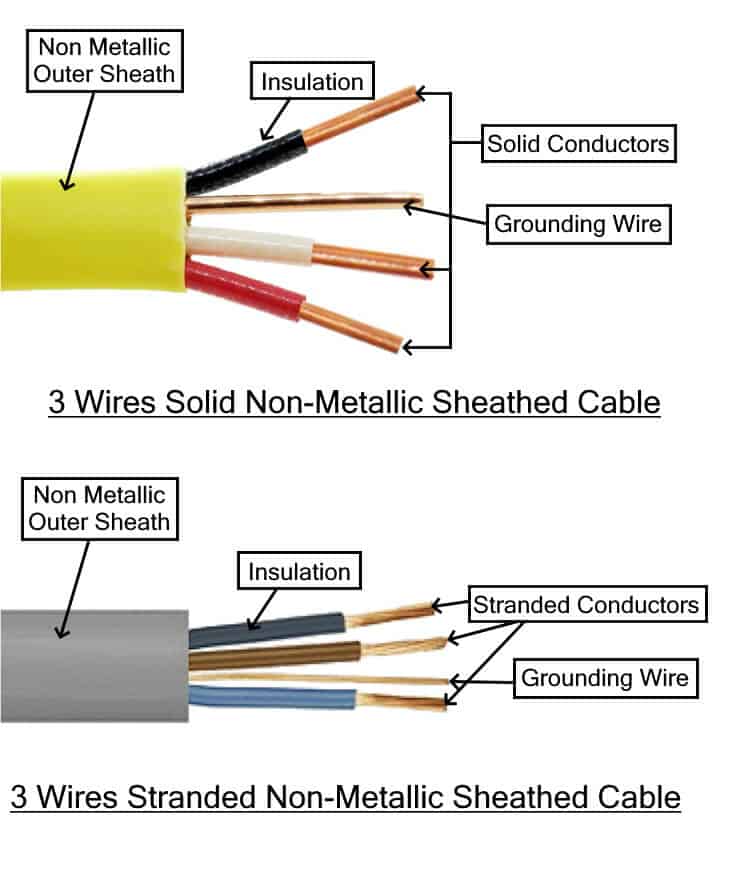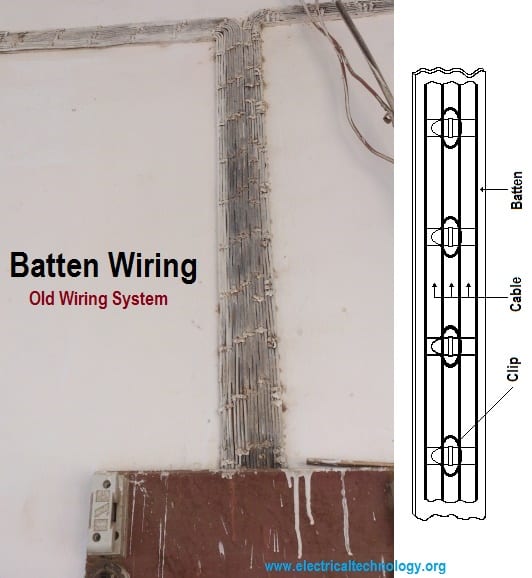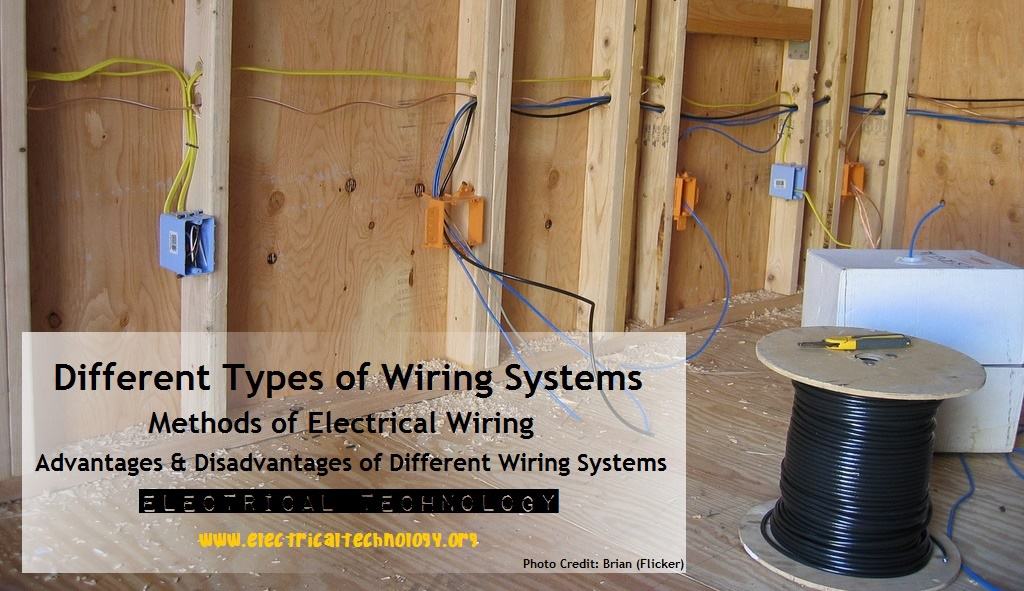
Basic Types of Wiring Systems
Overview of Different Types of Wiring Systems
– There are primarily three basic types of wiring systems commonly used in residential and commercial buildings: * Cleat wiring * Casing and capping wiring * Conduit wiring
- Each wiring system has its own advantages and applications based on the specific requirements of the building.
Understanding Electrical Wiring Methods
– Cleat wiring involves cables being held in place by insulated clips fixed to walls or ceilings. – Casing and capping wiring uses wooden casings and caps to hold the cables in place.- Conduit wiring encloses cables in metal or plastic conduits for protection and safety.
- It is essential to choose the right wiring method according to the building's structure and safety regulations.

Conduit Wiring System
Conduit Wiring System: Definition and Advantages
– Conduit wiring is a method where cables are enclosed in metal or plastic conduits to ensure protection and safety.- This wiring system provides an extra layer of insulation and physical protection to the electrical cables.- It is commonly used in areas where there is a risk of mechanical damage or exposure to moisture.
Types of Conduits Used in Electrical Wiring
– There are two main types of conduits used in electrical wiring: metal conduits and PVC conduits.- Metal conduits offer high durability and better protection against fire hazards.- PVC conduits are lightweight, easy to install, and resistant to corrosion.

Cleat Wiring System
Cleat Wiring System: Features and Applications
– Cleat wiring is a traditional method where cables are fixed to the walls or ceilings using specialized cleat clips.- This system is commonly used in industrial settings where a robust and secure wiring method is required.- Cleat wiring allows for easy maintenance and inspection of the electrical installations.
Installation Process and Maintenance Considerations
– The installation of cleat wiring involves securely fastening the cables to the cleats using screws or clips.- Regular inspection of the cleats and cables is essential to ensure the system remains safe and intact.- Maintenance may involve tightening screws, replacing damaged cleats, or conducting insulation tests periodically.

Casing and Capping Wiring System
Casing and Capping Wiring System Explained
– Casing and capping wiring involves encasing cables in PVC conduits, known as casings, and covering them with a cap.- This method provides a protective layer for the cables and allows for easy replacement or addition of wires without damaging the walls.- Casing and capping wiring is commonly used in residential and commercial buildings due to its neat and tidy appearance.
Pros and Cons of Casing and Capping Wiring
– **Pros**: – Neat and aesthetically pleasing wiring setup. – Easy to replace or add new cables. – Provides protection to the cables against physical damage.- **Cons**: – Installation can be more labor-intensive compared to other methods. – Limited capacity for accommodating multiple cables. – Requires additional materials like casings and caps.

Batten Wiring System
Batten Wiring System: Functionality and Components
– Batten wiring involves using wooden battens fixed on walls or ceilings to support the cables.- The cables are held in place with the help of porcelain cleats and are covered with a protective layer of varnish or enamel.- This system is commonly used in temporary installations and where the wiring needs to be easily accessible for maintenance.
Comparative Analysis of Batten Wiring with Other Systems
– **Pros**: – Easy access for maintenance and repairs. – Quick installation process. – Suitable for temporary setups.- **Cons**: – Not as aesthetically pleasing as casing and capping wiring. – Limited insulation compared to modern wiring systems. – Susceptible to damage if not properly secured.